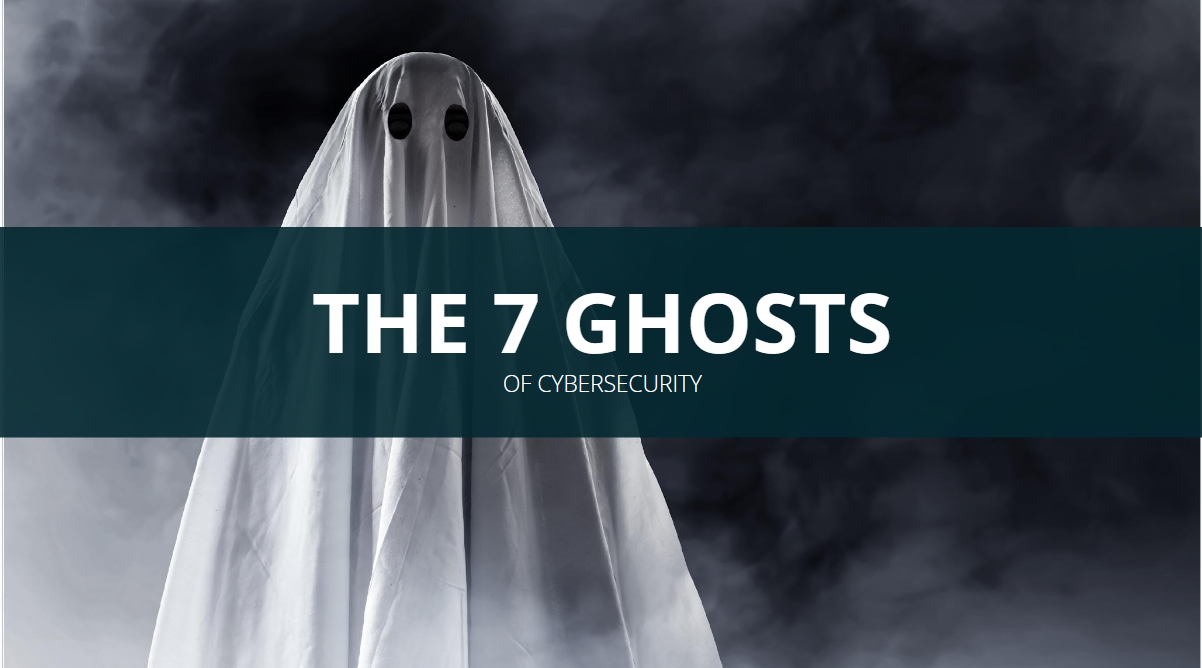
The 7 Key Cybersecurity Threats You Need To Know About
INTRODUCTION
October is Cybersecurity Awareness Month, an ideal time to focus on the real and growing dangers that lurk in the digital world. While we often overlook these risks, they can have a significant impact on both individuals and businesses. In today’s connected society, it’s crucial to stay informed and vigilant against the numerous tactics cybercriminals use to compromise data security. Below are seven of the most pressing cybersecurity threats you should be aware of and prepared to defend against.
1. Social Engineering
Social engineering refers to the manipulation of people to gain access to confidential information. Though this practice has existed for centuries, it has become more prevalent and sophisticated with the rise of digital communication. Cybercriminals use various techniques, such as posing as trusted contacts, baiting individuals with enticing offers, or creating fake relationships online, all with the intent of stealing sensitive data. Once obtained, this information is either sold or exploited for financial gain. It’s crucial to recognize these deceptive tactics and to be cautious about sharing personal or sensitive information.
2. Phishing
Phishing is one of the most common forms of cyberattacks. Criminals craft convincing emails, texts, or websites to lure victims into providing login credentials or other personal information. These communications often appear to come from familiar sources, such as a bank or a trusted retailer. Clicking on malicious links or downloading attachments can also install harmful software on your devices. It’s essential to be suspicious of unexpected requests for personal information and to verify the authenticity of the source before engaging with such messages.
3. Malware
Malware is a broad term that refers to any software designed to damage or disable computers, networks, or systems. It includes viruses, worms, spyware, and ransomware. Malware often gains access to systems through malicious downloads, infected attachments, or compromised websites. The consequences of malware can range from minor disruptions to complete data loss, system shutdowns, or financial damage. Regular updates, strong antivirus software, and cautious browsing are critical defenses against malware.
4. Viruses
Much like biological viruses, computer viruses are designed to replicate and spread, infecting devices and causing significant harm. These malicious programs are typically spread via infected files, which may be unknowingly downloaded or shared by users. Once inside a system, viruses can corrupt files, steal data, or even disable key functions of your device. Preventing viruses requires robust security protocols, including careful file handling, regular backups, and keeping your operating system updated.
5. Keyloggers
Keyloggers are a type of spyware that records the keystrokes of an individual, often without their knowledge. This can give cybercriminals access to sensitive information, such as usernames, passwords, or financial data. Once these details are captured, attackers can use them to gain unauthorized access to accounts, commit fraud, or steal identities. Preventing keylogger attacks requires the use of comprehensive security software and a heightened awareness of suspicious activity on your devices.
6. Ransomware
Ransomware is one of the most destructive forms of malware. It encrypts your files, making them inaccessible until a ransom is paid to the attacker. These attacks can target individuals, businesses, and even governments, causing significant disruption and financial loss. Ransomware attacks are often delivered through phishing emails or malicious downloads. To protect yourself, regularly back up your data, ensure software is up to date, and educate yourself and your organization on how to identify potential threats.
7. The Dark Web
While the Dark Web itself may not directly infect your computer, it is a hotbed for illegal activities, including the buying and selling of stolen data, hacking tools, and other illicit materials. The Dark Web enables cybercriminals to remain anonymous, making it easier for them to launch attacks and share stolen information. Keeping your data secure and monitoring for potential breaches is crucial, as stolen information often surfaces here first.
By understanding and addressing these seven key cybersecurity threats, you can protect yourself and your business from potentially devastating consequences. Stay informed, use robust security tools, and regularly update your cybersecurity practices to stay ahead of the curve. Next week, we’ll explore specific strategies and tools to help safeguard your data and reduce your vulnerability to these ever-evolving threats.
